Destination: The Clotilda
The story of the last slave ship
It all started under cover of night in the summer of 1860 when a ship carrying 110 African captives slipped into Mobile Bay after leaving port off of West Africa. The Clotilda, originally built to transport cargo, was owned and built by Mobile businessman Timothy Maher and was the last known American slave ship. Maher commissioned Captain William Foster to construct and pilot the ship to Africa and capture men, women, and children from what was then the Kingdom of Dahomey. Foster bought Africans captured by warring tribes with the knowledge of this being an illegal purchase of human cargo.
As the ship slowly slipped into Mobile Bay under the cover of night, it headed up the Mobile River. Some of the transported enslaved were divided between Foster and the Meahers, and others were sold. Foster then ordered the Clotilda taken upstream, burned, and sunk to conceal the evidence of their illegal activity.
The illegal voyage was 52 years after the international slave trade was outlawed. As time passed, the Africans survived enslavement and established a community as free Americans in their self-sufficient community. Although enslaved, they maintained their African identities, creating the tight-knit, independent community known as Africatown located north of downtown Mobile. Knowledge of their homeland, cultural traditions, and, most of all, details of their capture remained with them. They shared their knowledge and culture with children and grandchildren throughout the years. The survivors of Clotilda shared their rich understanding of what happened in 1860; they knew the vivid details and ensured others would understand that Clotilda was much more than just a ship, but a group of people torn from family, land, space, and place.
As the survivors told the story through the years, the Clotilda remained an elusive “where is it” story. In 2019, researchers announced the discovery of Clotilda, which was found at the bottom of the Mobile River. The names and stories passed down through generations of descendants are now for the world to hear and see. Their stories and finding the ship’s remains are another testament to the horrors of the transatlantic slave trade, where people were sold, enslaved, and labored their whole lives.
However, the story of the people and the community of Africatown is one of survival and resilience. Timothy Meaher’s illegal passage from Africa is now documented in the Clotilda – The Exhibition At The Africatown Heritage House, a site of the Mobile History Museum. In 2023, National Geographic honored the Clotilda Museum as the best museum opening in 2023. Here’s proof: truth will come to light; it may take time, and it may not be the story some want to hear, but it is an American story with its rightful place in history.
Click here for more Information about Clotilda
Below are photos from the museum.
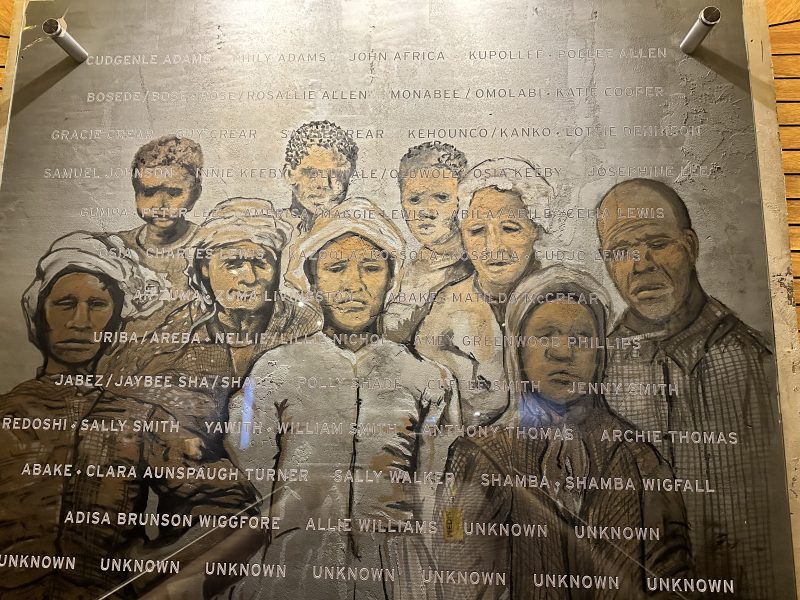
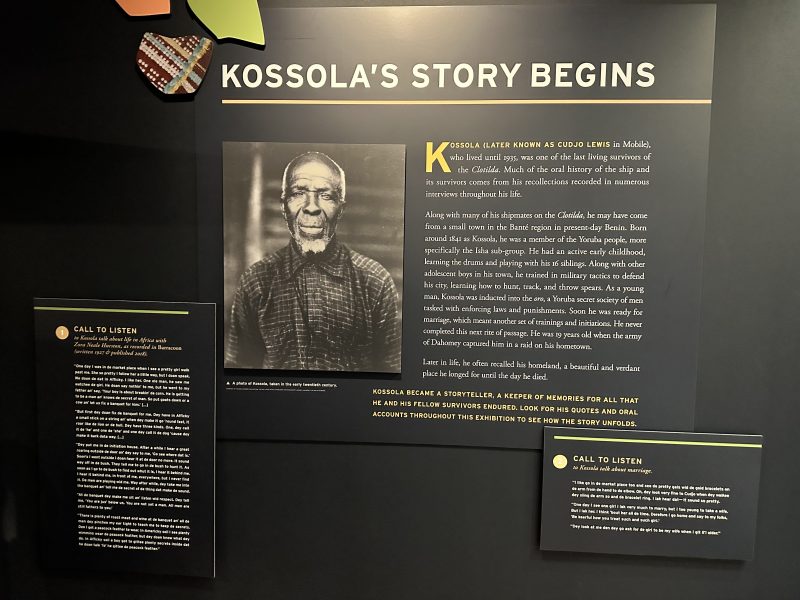
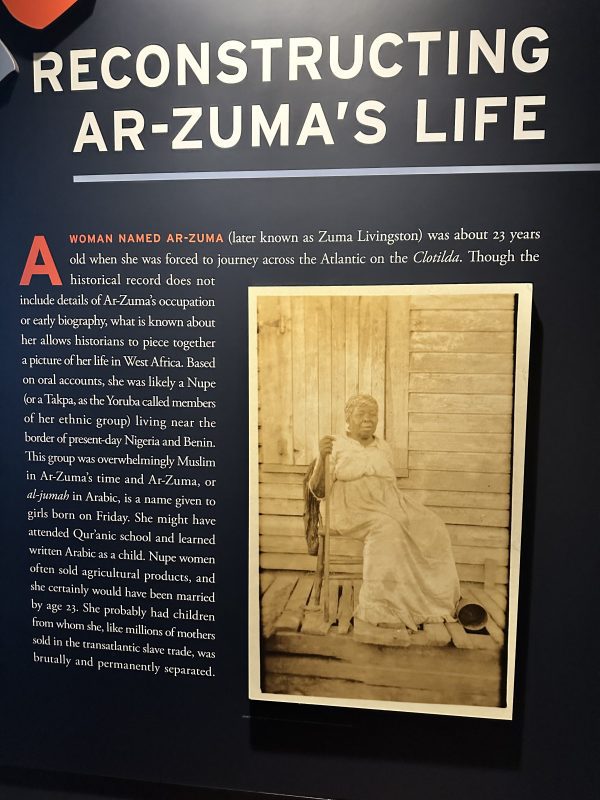
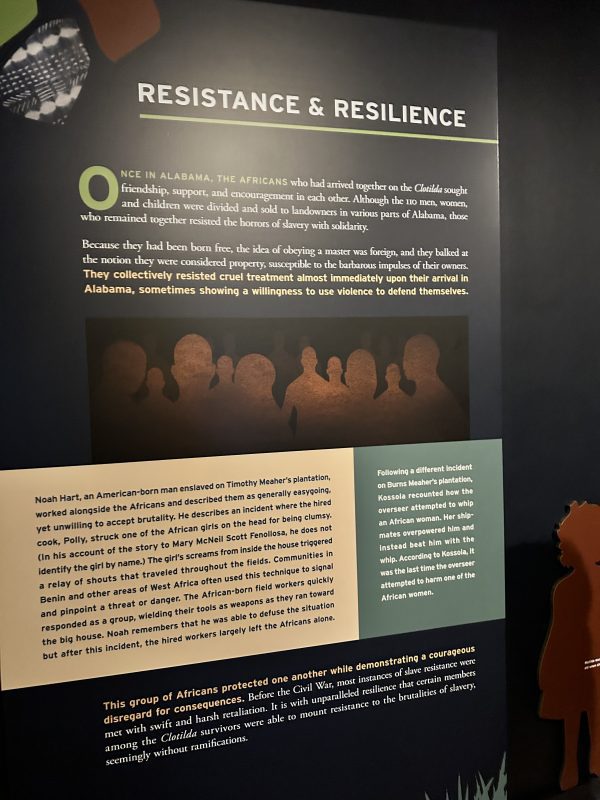
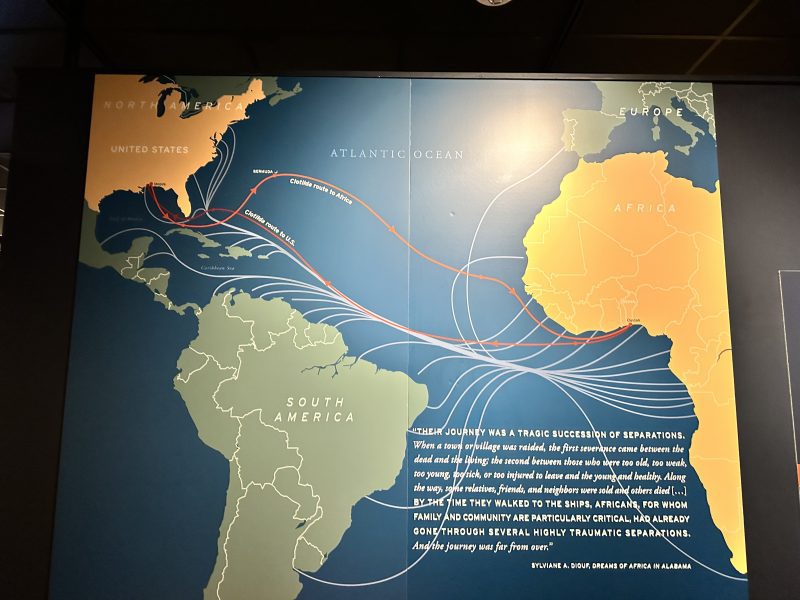
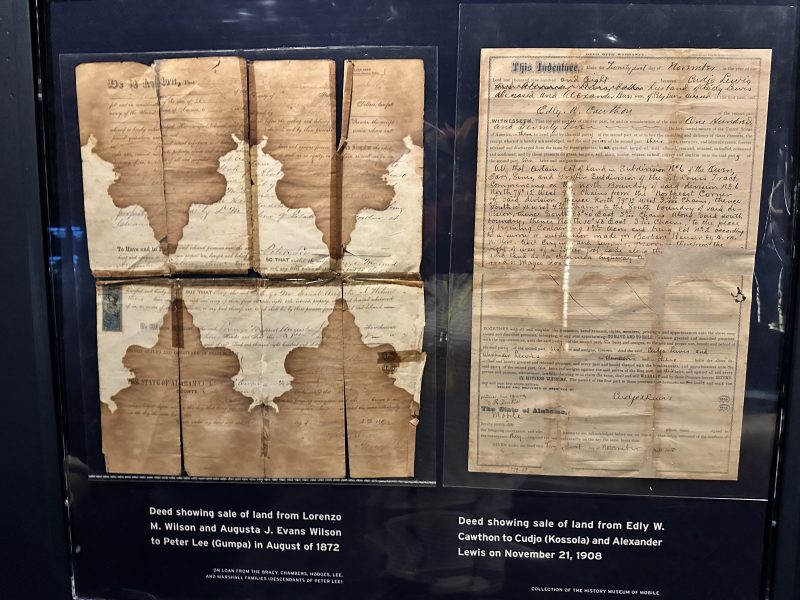
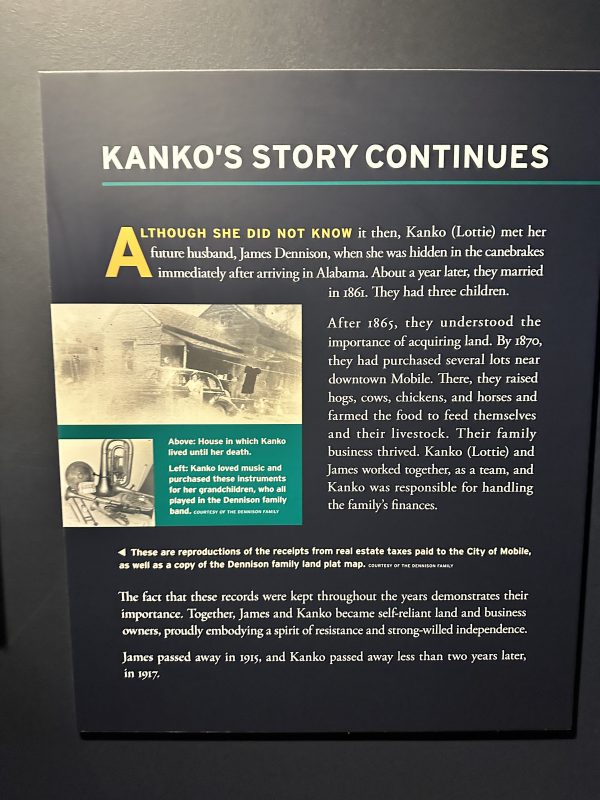
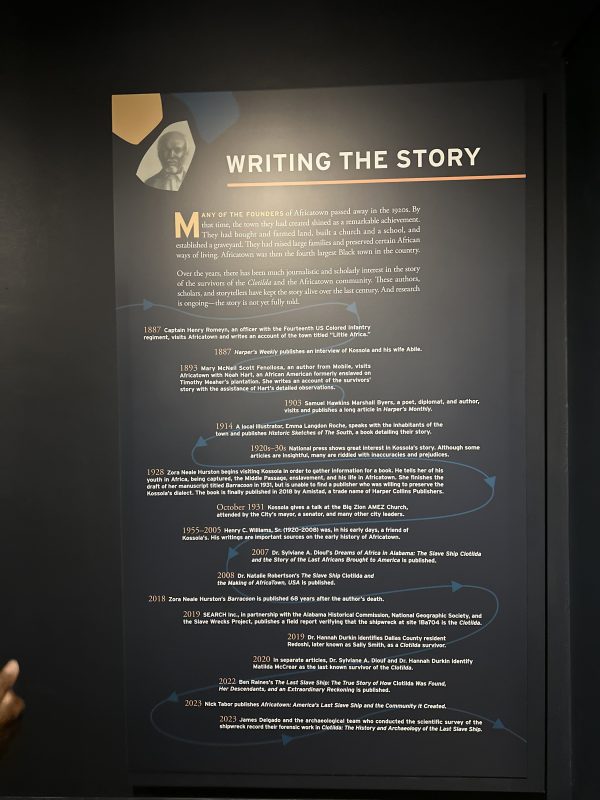
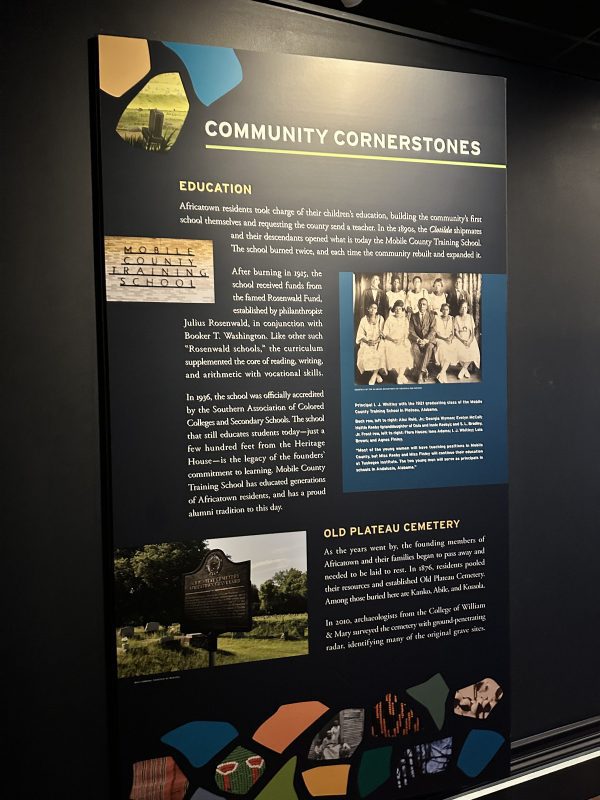





0 Comments